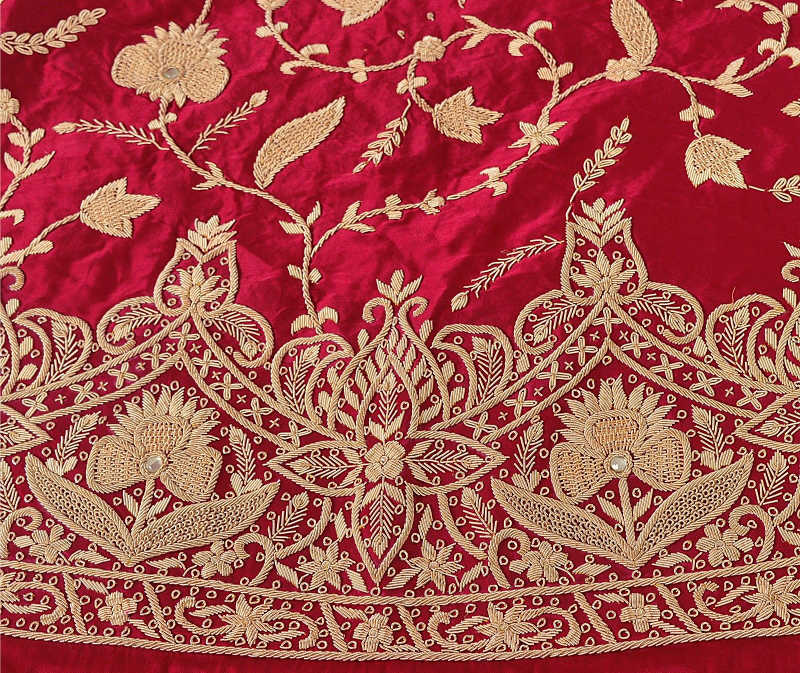===
1312,
8
===

=== |
 |
.suurat : 'Form, fashion, figure, shape, semblance, guise; appearance, aspect; face, countenance; prospect, probability; sign, indication; external state (of a thing); state, condition (of a thing), case, predicament, circumstance'. (Platts p.747)
mun((akis : 'Inverted, inversed, reversed, reflected (as a figure in a mirror or water); turned upside down, topsy-turvy; —inverse; contrary'. (Platts p.1078)
FWP:
SETS == SYMMETRY
MOTIFS == MIRROR
NAMES
TERMSThere are apparently two senses of mun((akis , the active (an image, a source for a reflection) or the passive (a reflection). When we put these together with the 'mirror' possibility offered in the second line, it seems that there are really not two but three 'aspects' (or of course, more intriguingly, 'faces'): the world might be a reflection-source, or a reflection, or a reflector (a mirror).
Or, through the grammatical workings of 'symmetry', a reflection-source, a reflection, or a reflector might be the world (or 'a' world). The same reversal is also possible in the second line (a mirror of that self-showing friend/beloved is a/the world). This verse is so abstract that it hardly seems to make much difference.
This kind of thing can go on and on through all sorts of Sufistic convolutions. It's like trying to mentally swallow disconnected bits of tile and experience them as a mosaic. The really annoying thing is that in the present verse the effort is not rewarding, not worth it-- other than main-line Sufistic didacticism, there's really no there there. I like to swallow the bits of tile with spices and achars.